 Blog's Page
Blog's Page
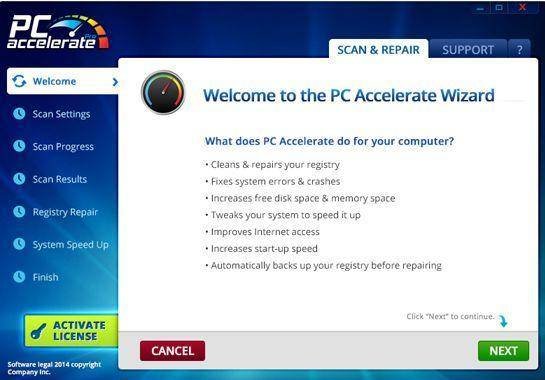
Fast PC Prof Is A potentially Unwanted Program (PUP) That Poses As A System Optimization Tool But Often Exhibits Undesirable Behavior, Including Intrusive Advertisements, Unauthorized System Changes, And Data Collection Practices.
Despite Fast PC Prof Promises Of Enhancing Computer Performance, Fast PC Prof Typically Fails To Deliver On These Claims And May Even Compromise The Security And Stability Of The Affected System.
One Of The Common Distribution Methods Of Fast PC Prof Is Through Software Bundling, Where Fast PC Prof Gets Bundled With Freeware Or Shareware Applications That Users Download From The Internet.
Users May Inadvertently Install Fast PC Prof Alongside The Desired Software Without Realizing It. Additionally, Fast PC Prof May Also Be Promoted Through Deceptive Advertisements Or Fake System Alerts, Tricking Users Into Downloading And Installing It.
Once Installed, Fast PC Prof May Initiate A System Scan That Exaggerates Or Fabricates Issues With The Computer's Performance, Such As Detecting Numerous Errors, Junk Files, And Registry Issues. Fast PC Prof Then Prompts Users To Purchase The Full Version Of The Software To Fix These Supposed Problems, Often Using Scare Tactics To Persuade Them.
One Of The Primary Characteristics Of Fast PC Prof Is Its Intrusive Advertising Behavior. It Bombards Users With Pop-up Ads, Banners, And Sponsored Links, Disrupting The Browsing Experience And Potentially Leading Users To Malicious Websites. Fast PC Prof Advertisements Not Only Annoy Users But Also Consume System Resources, Contributing To Decreased Performance.
Moreover, Fast PC Prof May Make Unauthorized Changes To The System Settings, Such As Modifying Browser Settings, Changing The Default Search Engine, Or Altering The Homepage. These Alterations Can Be Difficult To Revert And May Result In A Compromised Browsing Experience.
Furthermore, Fast PC Prof Is Known For Its Data Collection Practices. Fast PC Prof May Gather Various Types Of User Information, Including Browsing History, Search Queries, IP Addresses, And Geolocation Data. Fast PC Prof Sensitive Data Can Then Be Used For Targeted Advertising Purposes Or Sold To Third-party Advertisers, Compromising User Privacy And Security.
Removing Fast PC Prof From An Infected System Can Be Challenging Due To Its Persistence And Ability To Hide Its Components Deep Within The System Files. Manual Removal May Require Advanced Technical Knowledge, And Even Then, Some Remnants Of The Program May Remain, Continuing To Cause Issues.
To Mitigate The Risks Associated With Fast PC Prof And Similar PUPs, Users Should Exercise Caution When Downloading Software From The Internet, Especially From Unknown Or Untrustworthy Sources. Fast PC Prof's Essential To Read User Reviews, Opt For Custom Installation Settings, And Carefully Review Each Step Of The Installation Process To Avoid Inadvertently Installing Unwanted Programs.
Additionally, Maintaining Up-to-date Antivirus And Antimalware Software Can Help Detect And Remove PUPs Like Fast PC Prof Before They Can Cause Significant Harm To The System. Regularly Scanning The System For Potential Threats And Keeping All Software Updated With The Latest Security Patches Is Crucial For Maintaining A Secure And Healthy Computing Environment.
Removing Malware From A Windows Computer Involves A Combination Of Using Antivirus Or Anti-malware Tools, Performing System Scans, And Taking Manual Actions To Eliminate The Malicious Software. Here's A Step-by-step Guide:
Ctrl + Shift + Esc To Open Task Manager.Win + R To Open The Run Dialog, Type cleanmgr, And Press Enter.Remember To Maintain Good Security Practices, Such As Keeping Your Operating System And Software Up-to-date, Using A Reputable Antivirus Program, And Being Cautious When Clicking On Links Or Downloading Files From The Internet. Regularly Backing Up Your Important Data Is Also Crucial To Mitigate The Impact Of Potential Infections.
If You Have Malwarebytes Installed On Your Computer And It Has Detected Malware, Follow These Steps To Remove The Malware:
Open Malwarebytes:
Update Malwarebytes:
Run A Threat Scan:
Review Scan Results:
Quarantine Or Remove Threats:
Reboot Your Computer:
Check For Persistence:
Monitor For Issues:
Clear Browser Data:
Reset Browser Settings:
Review Installed Programs:
Change Passwords:
Update Operating System:



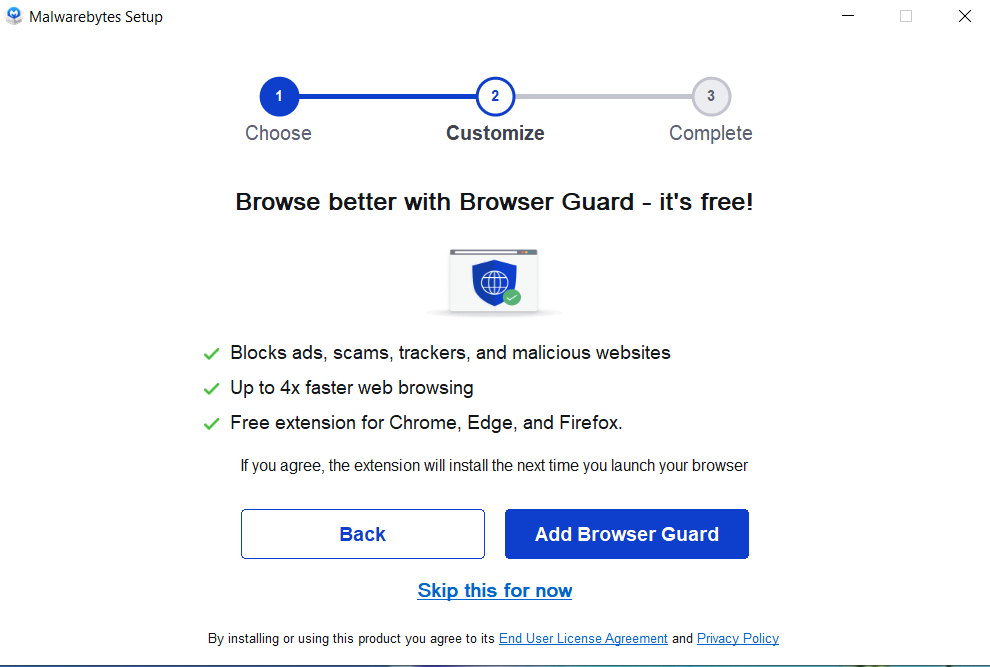
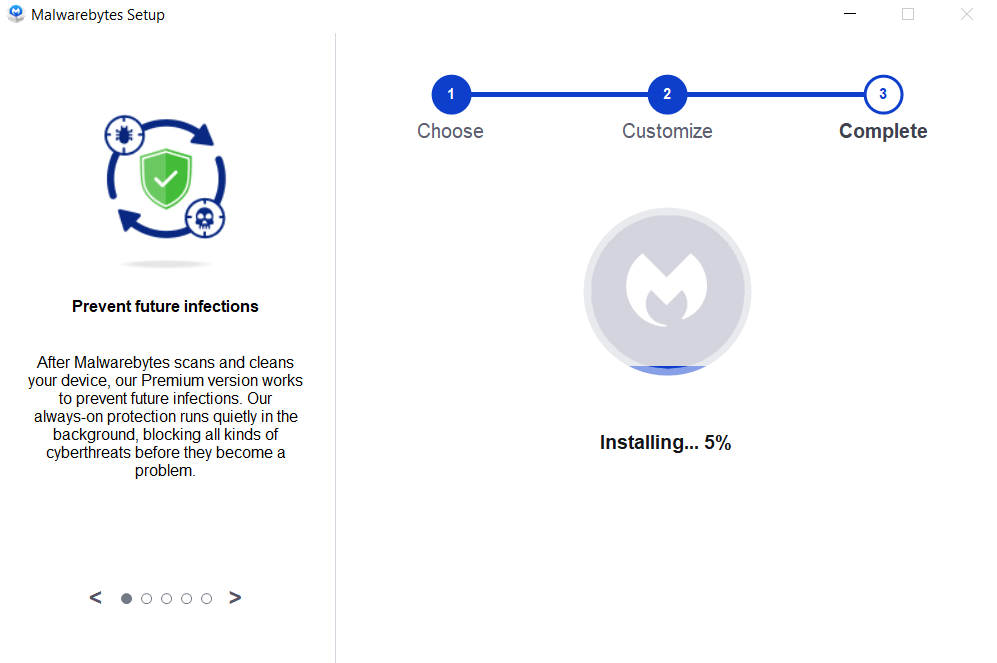
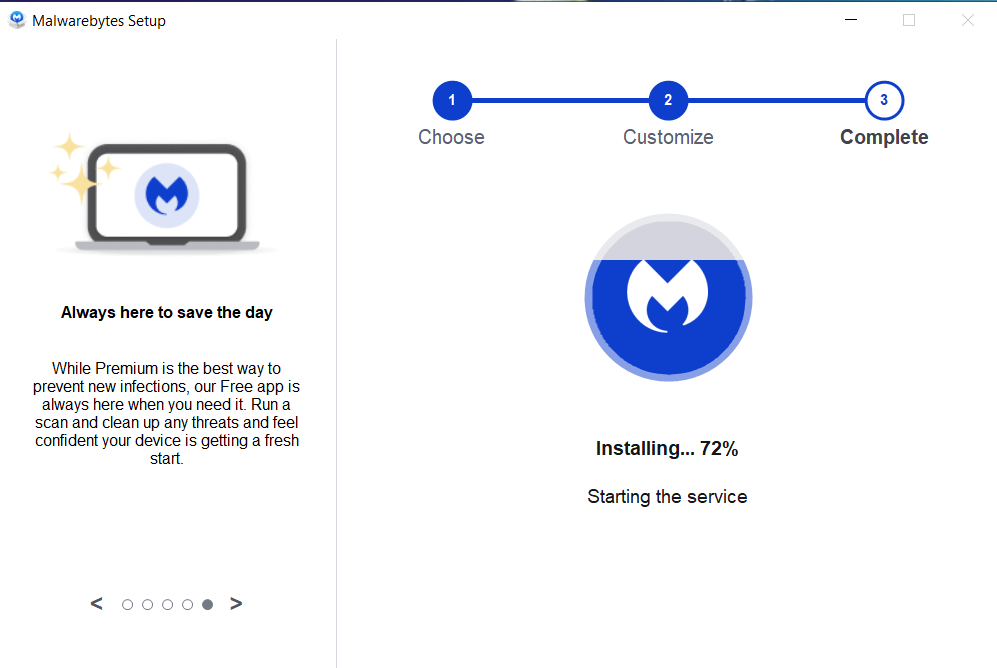
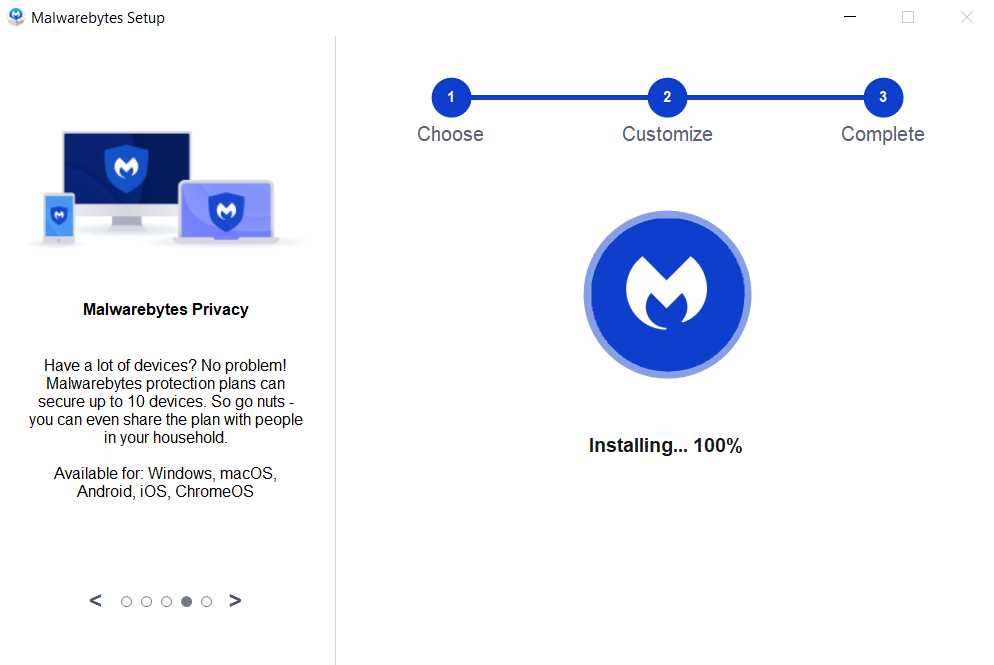


If The Malware Persists Or If You Encounter Difficulties During The Removal Process, You May Want To Seek Assistance From The Malwarebytes Support Community Or Consider Running Additional Scans Using Other Reputable Antivirus Or Anti-malware Tools. Remember To Keep Your Security Software Updated And Practice Safe Computing Habits To Minimize The Risk Of Future Infections.
Malwarebytes Is A Leading Cybersecurity Solution Dedicated To Protecting Users From The Ever-evolving Landscape Of Digital Threats. With A Proven Track Record In Malware Detection And Removal, Malwarebytes Offers Cutting-edge Technology To Safeguard Computers And Devices Against Viruses, Ransomware, And Other Malicious Software.
Boasting A User-friendly Interface, Malwarebytes Provides A Seamless Experience For Both Novice And Advanced Users. Its Real-time Protection Capabilities, Coupled With Powerful Scanning Algorithms, Ensure That Users Are Shielded From The Latest Cybersecurity Threats. Malwarebytes Continually Updates Its Extensive Malware Database, Enabling Users To Stay Ahead Of Emerging Risks And Vulnerabilities.
Beyond malware Detection, Malwarebytes Offers Additional Features Such As Web Protection And Anti-exploit Technology, Fortifying Defenses Against Malicious Websites And Zero-day Exploits. The Software's Lightweight Footprint Ensures Minimal Impact On System Performance, Delivering Robust Security Without Compromising Speed.
Whether Used As A Standalone Solution Or In Conjunction With Other Cybersecurity Tools, Malwarebytes Remains A Trusted Ally In The Battle Against Cyber Threats. As A Proactive And Responsive Cybersecurity Partner, Malwarebytes Empowers Users To Navigate The Digital World With Confidence, Knowing That Their Data And Devices Are Safeguarded Against The Latest And Most Sophisticated Threats.
Fast PC Prof, Remove Fast PC Prof, Fast PC Prof Removal, Uninstall Fast PC Prof, Get Rid Of Fast PC Prof| Links1 | Links2 | Links3 | Products | Social Links |
|---|---|---|---|---|
| Home | Blog | Sitemap | Email Checker Tool | |
| About | CSI Links | ISRO Project Code: AA0802 | Offers | |
| Disclaimer | Gallery | Contact Us | Antivirus | |
| Privacy Policy | Software Downloads |